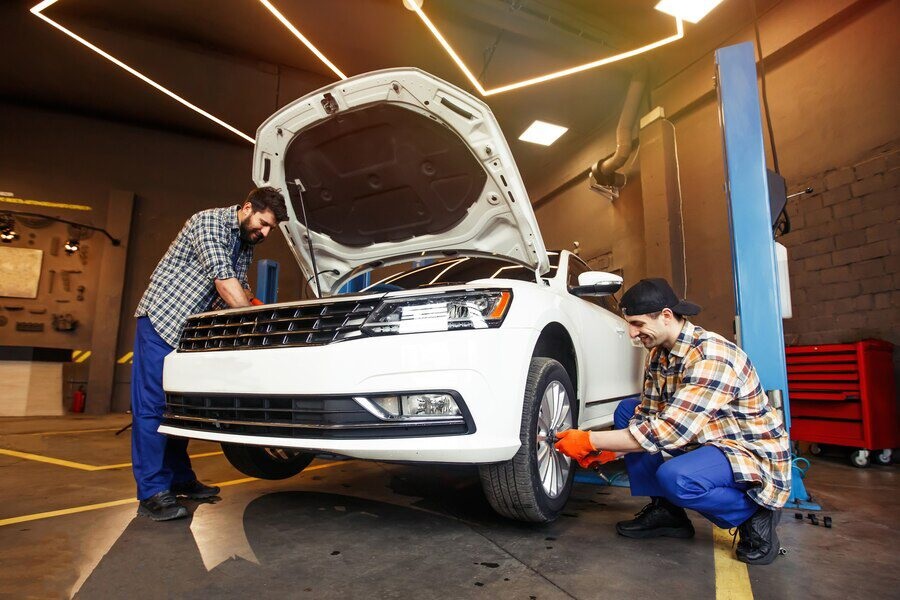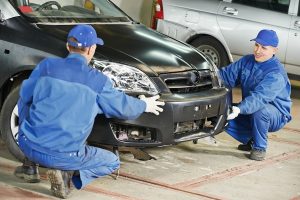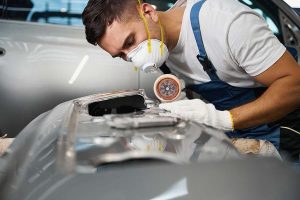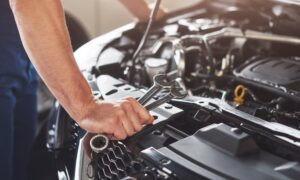
The tendency of materials to alter their size in response to heat exposure is known as thermal expansion. For those seeking Auto Repair in Banning, CA, addressing exhaust manifold issues caused by thermal stress can prevent costly repairs. The exhaust manifold is an essential component of an engine that collects and directs exhaust gasses out of the engine. Particularly during combustion, the manifold is exposed to extremely high temperatures, which causes it to expand and contract as it warms and cools. This ongoing thermal cycling process can put the material under a lot of stress over time, which can cause failure and fissures.
How Heat Affects Exhaust Manifolds
Stainless steel and cast iron, which both expand when heated, are common materials used to make exhaust manifolds. The manifold undergoes quick thermal changes when the engine runs and exhaust gases get as hot as 1,600°F. The material experiences stress and strain as a result of this continuous expansion and contraction. Because of the repetitive strain on the material, the manifold is more likely to develop cracks when these temperature variations occur frequently, like during cold starts or abrupt accelerations.
The Role of Material Fatigue
Another important reason causing exhaust manifold cracking is material fatigue. A material’s structural integrity gradually deteriorates due to fatigue, which happens when it is subjected to repeated stress. Microscopic cracks are formed in the manifold’s surface as a result of thermal cycling’s constant expansion and contraction. These little cracks may enlarge with more heating and cooling cycles on the manifold, ultimately resulting in a total failure. This is especially valid if the manifold has previously sustained damage or has been neglected.
External Factors That Exacerbate the Problem
Several factors increase exhaust manifold cracking. High-performance engines generate more heat, straining the manifold. Driving behaviors like short trips or quick accelerations that avoid engine warming up can also increase thermal cycling. Poor maintenance, such as not replacing a worn gasket or allowing rust to form, might strain the manifold’s ability to endure thermal expansion and crack.
Preventing Exhaust Manifold Cracking
Manifold cracking can be avoided with careful driving and maintenance. Frequent checks for deterioration indicators like cracks or rust can aid in the early detection of issues. Thermal stress can also be decreased by keeping up with your car’s exhaust system and steering clear of difficult driving situations, such as frequent cold starts. The manifold’s lifespan can also be increased by using premium exhaust system materials, like stainless steel, which is more resilient to heat stress.
Conclusion
Exhaust manifold crack formation is significantly influenced by thermal expansion. Cracks and eventual failure result from the stress and exhaustion caused by the frequent heating and cooling cycles. Maintaining engine performance and extending the manifold’s lifespan can be achieved by being aware of the effects of thermal expansion and taking preventative action.





